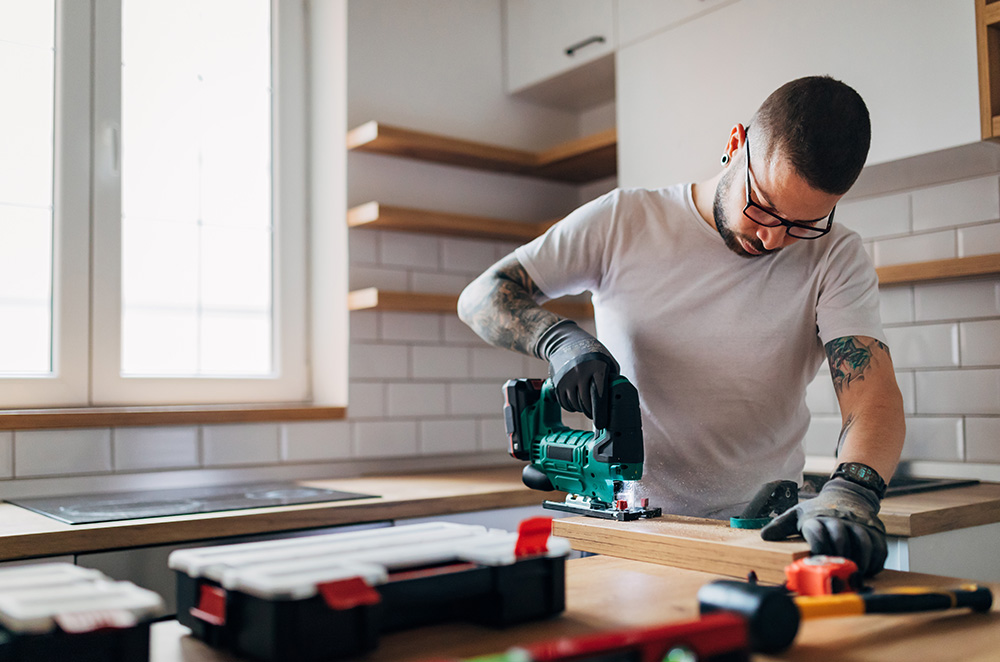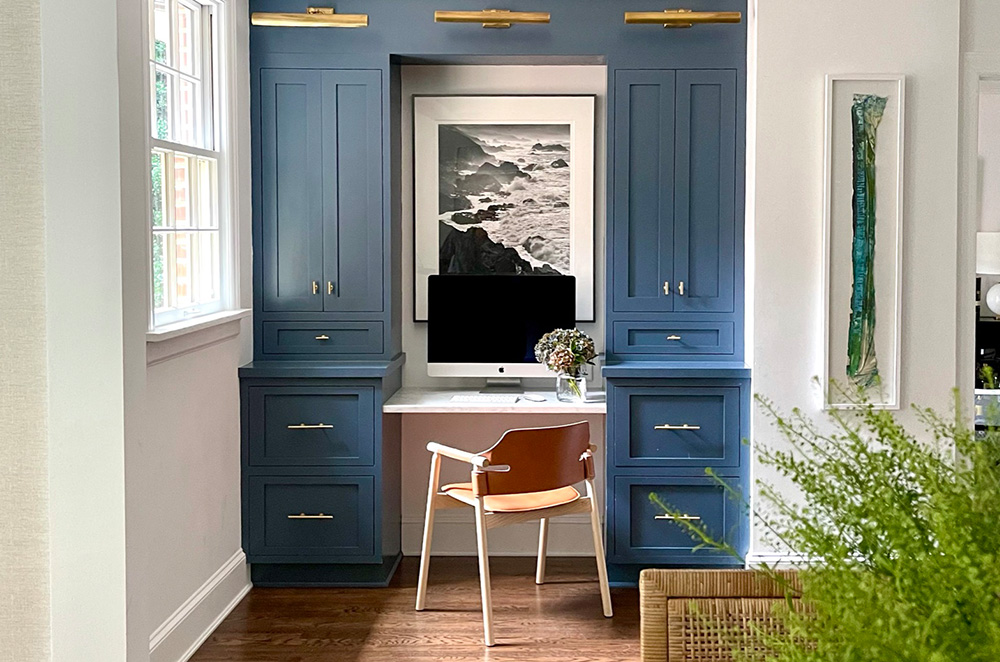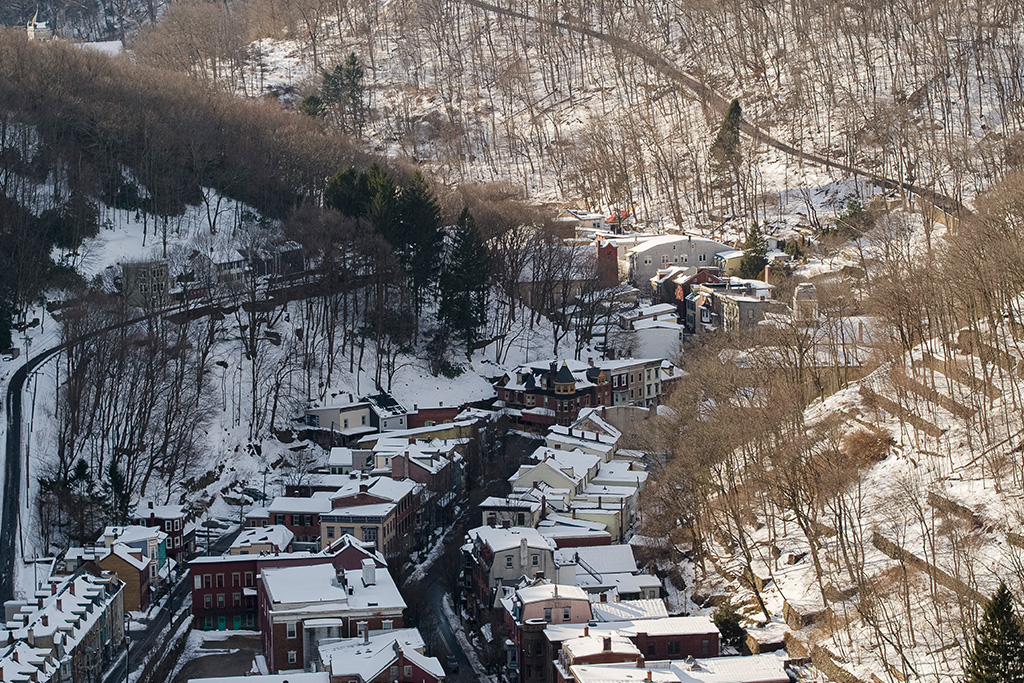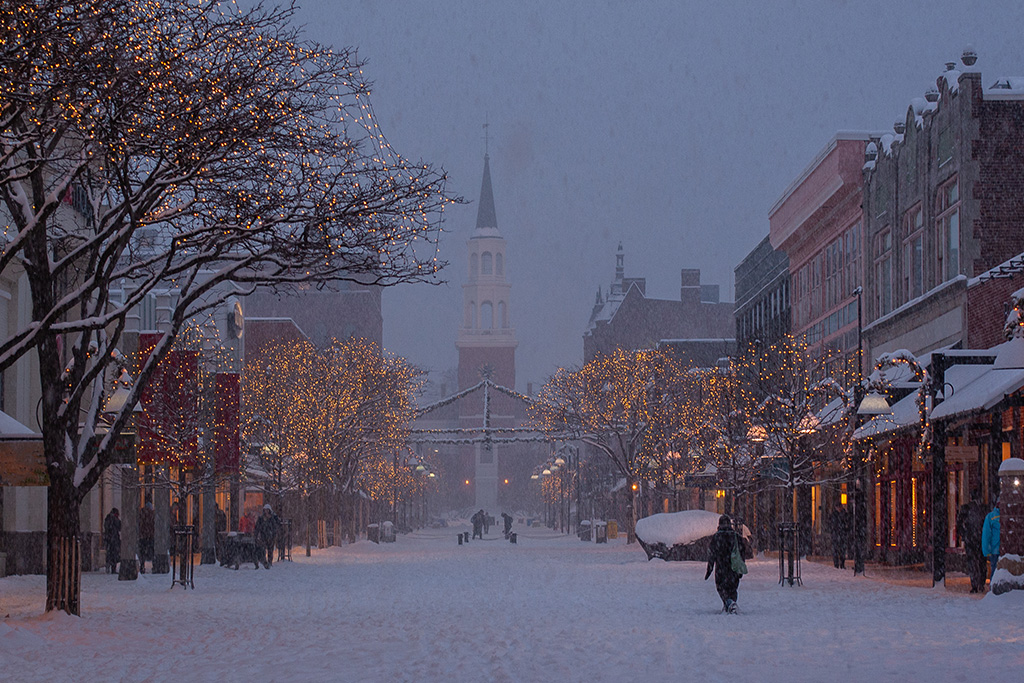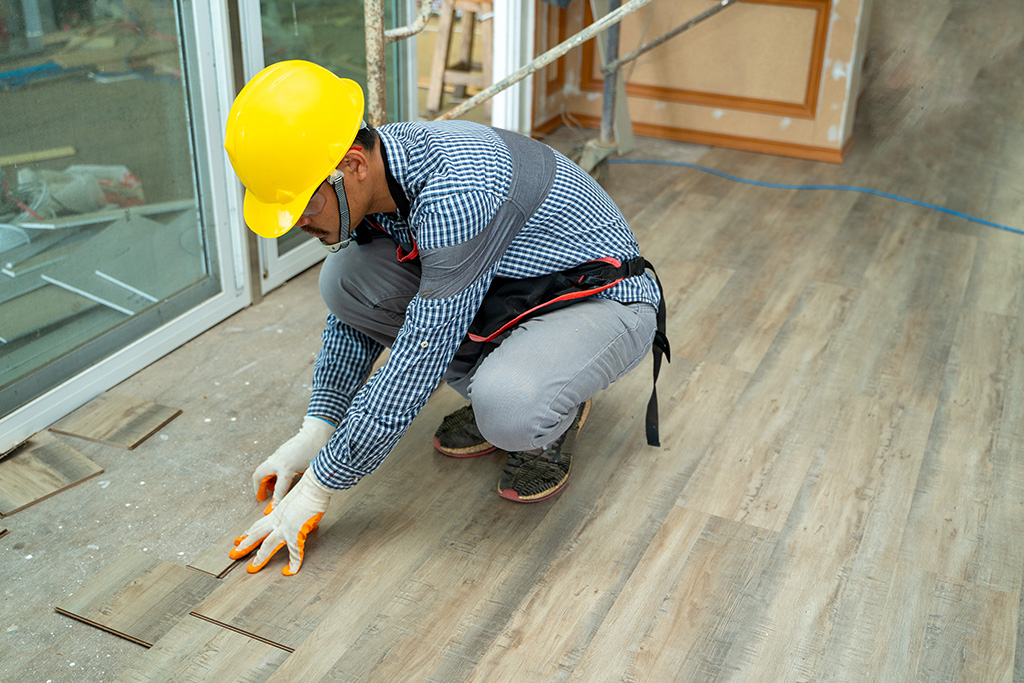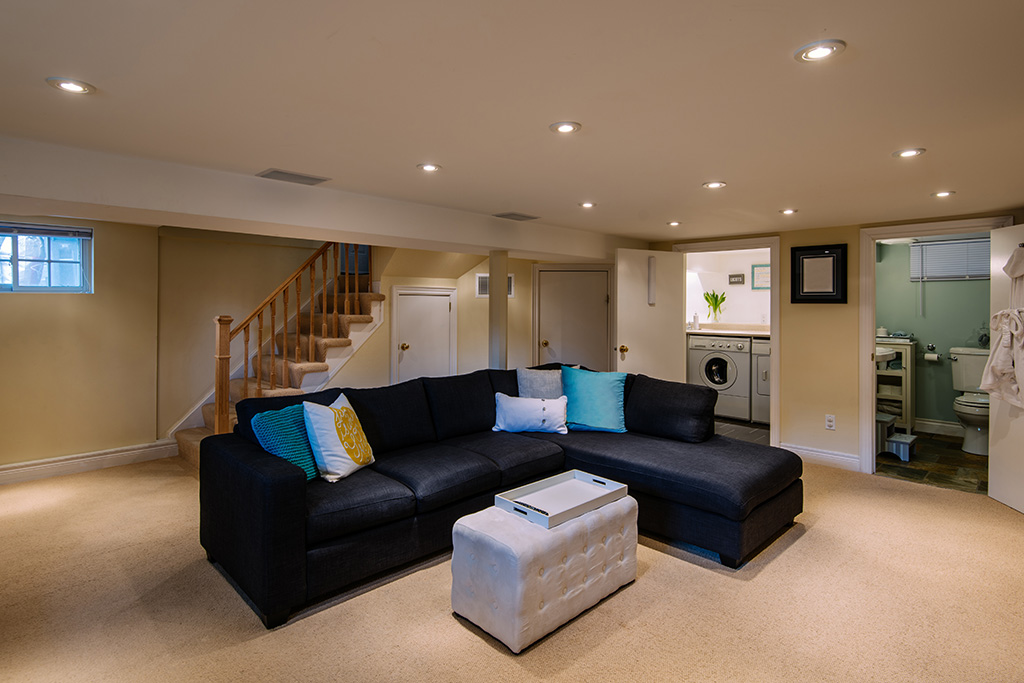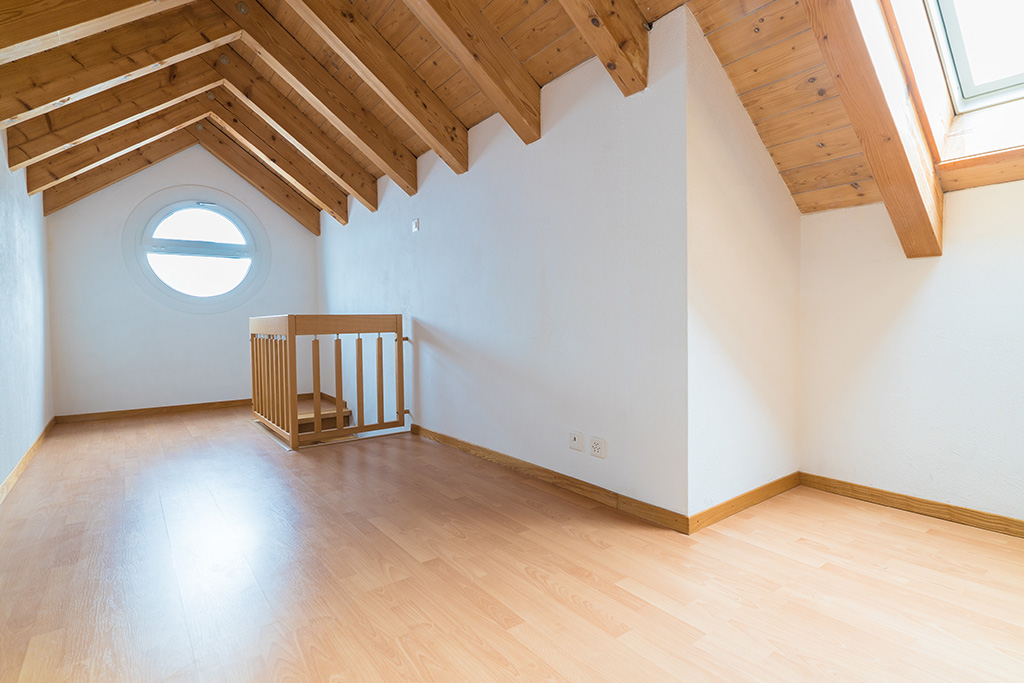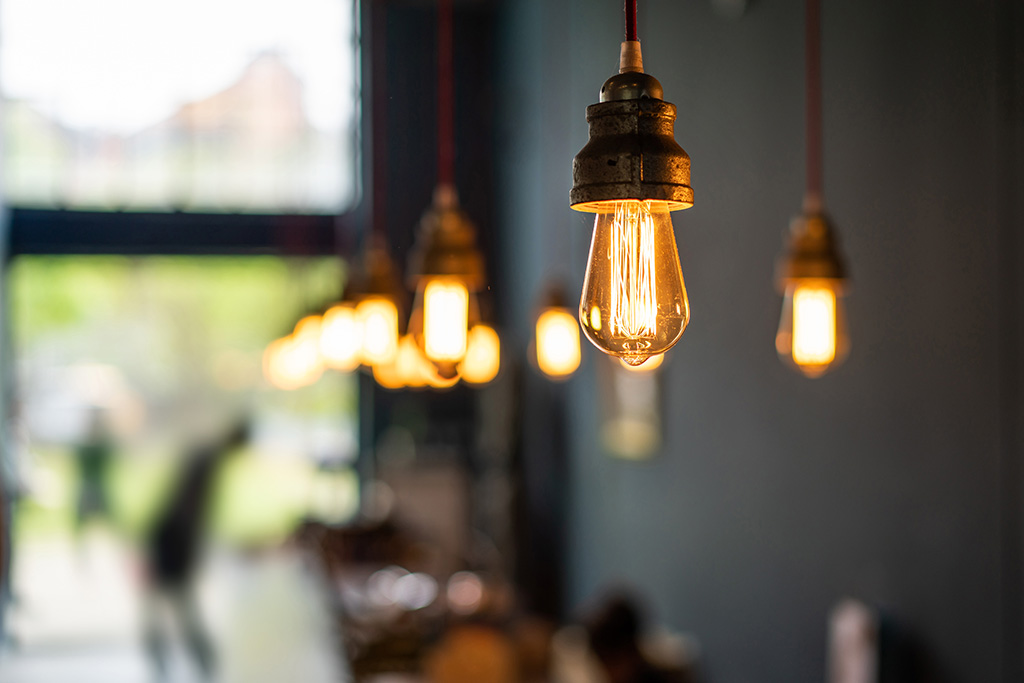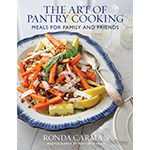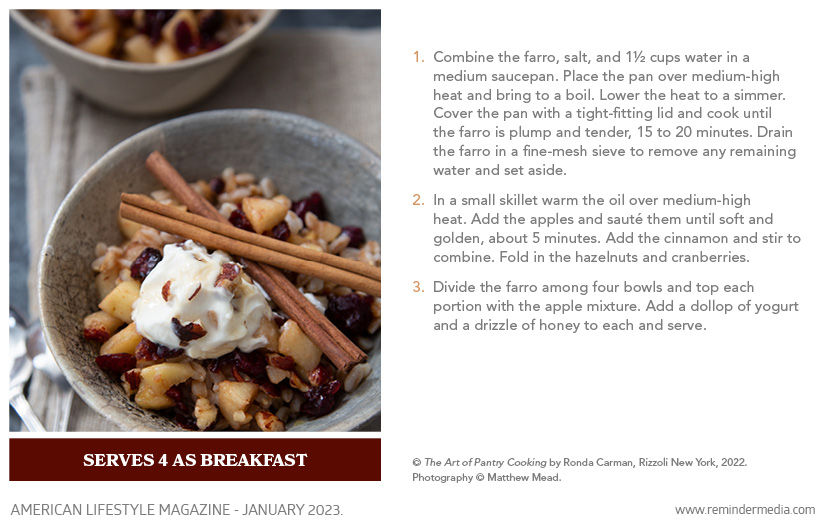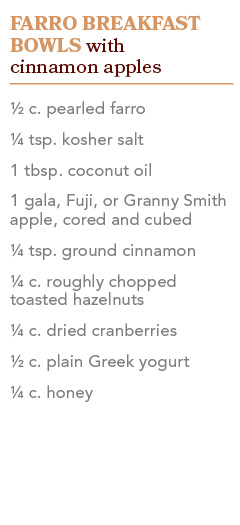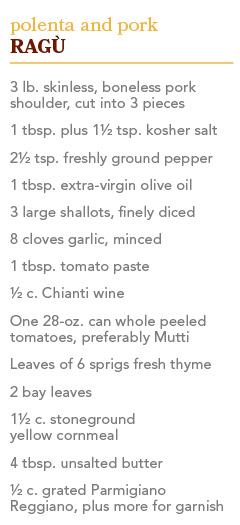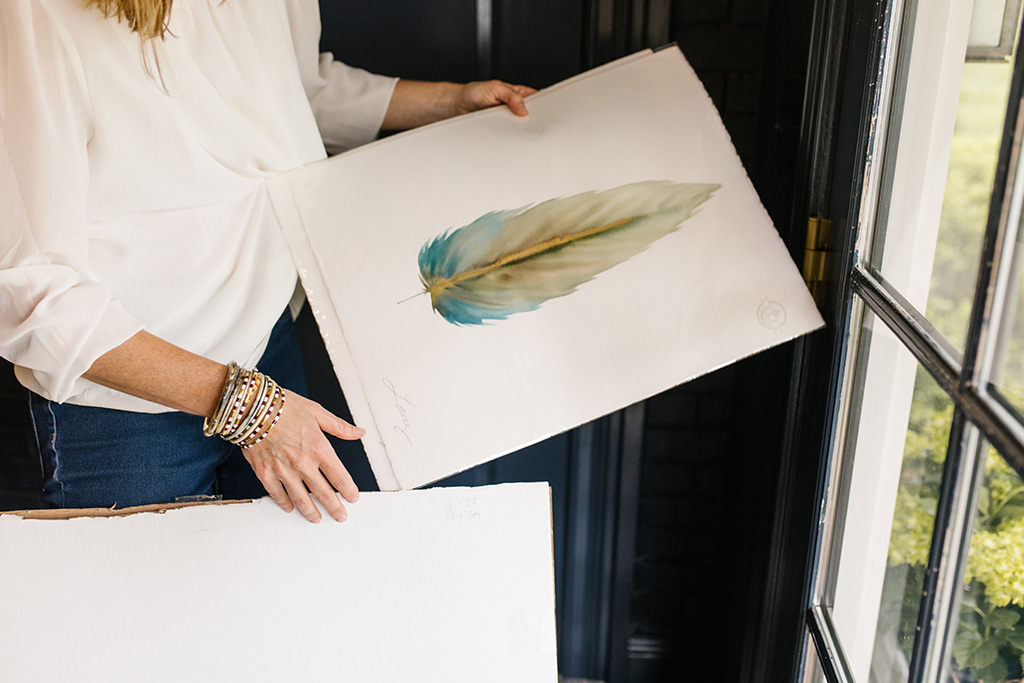Array
(
[0] => Array
(
[item_type] => address
[content] => Array
(
[label] => Office
[addressee] => Helena Office
[address1] => 555 FULLER AVE STE 2
[address2] =>
[city] => HELENA
[state] => MT
[zip] => 59601
)
)
[1] => Array
(
[item_type] => address
[content] => Array
(
[label] => Office
[addressee] => Townsend Office
[address1] => 321 1/2 N Broadway
[address2] =>
[city] => Townsend
[state] => MT
[zip] => 59644
)
)
[2] => Array
(
[item_type] => address
[content] => Array
(
[label] => Office
[addressee] => Philipsburg Office
[address1] =>
[address2] =>
[city] => Philipsburg
[state] => MT
[zip] => 59868
)
)
[3] => Array
(
[item_type] => website
[content] => Array
(
[label] =>
[value] => MostWantedRealEstate.NET
)
)
[4] => Array
(
[item_type] => website
[content] => Array
(
[label] =>
[value] => MostWantedMagazine.NET
)
)
[5] => Array
(
[item_type] => social_media
[content] => Array
(
[label] =>
[value] => Facebook.com/MostWantedRealEstate
)
)
[6] => Array
(
[item_type] => social_media
[content] => Array
(
[label] =>
[value] => Instagram: @mostwantedrealestate
)
)
)
?>
It seems that when we think of home improvement, we usually think about spring and summer. Maybe it’s because we associate wintertime with hibernation and hunkering down, while spring is associated with nesting and spring-cleaning and summertime with yard maintenance and gardening.
However, there may be no better time of year to improve your home and add to its value than winter. Here’s why:
- Contractors and installers are often in less demand during the winter months, which may make them easier to schedule and more affordable.
- Similarly, lower demand may translate into fewer supply chain bottlenecks during the winter months.
- Unlike during summer, the kids are in school so you don’t have to worry about keeping them occupied while the handyman and crew are working.
If you’re considering a wintertime home-improvement project, you may be wondering which ones will provide both aesthetic merit and potential resale value. The National Association of REALTORS® (NAR) Research Group 2022 Remodeling Impact Report offers exceptional guidance to help you determine the approximate percentage of cost recovery for some of the most popular home-improvement projects.
Please note: according to the report, “The actual cost of each remodeling project and cost recovery are influenced by many factors, including project design, quality of materials, location, age and condition of the home, and homeowner preferences.”
The top improvement projects
Below you’ll see some of the home improvements that add the most value according to the report, along with the percentage of cost recovery they calculated. This list includes projects that work best logistically in winter.
Hardwood flooring refinishing (147 percent) or installation (118 percent)
Winter is an especially good time to work with hardwood flooring due to lower humidity, both inside and outside your home. This results in fewer gaps in the wood itself and less drying time for the adhesive and sealants used during the installation and refinishing processes.
Insulation upgrade (100 percent)
It makes sense that an insulation upgrade would be popular in winter, but the good news is that it can pay dividends all year long, improving the ability of your home to stay cool in summer as well. This also makes it ideal as an upgrade for homes in any market, regardless of weather conditions.
Garage door replacement (100 percent)
This is a relatively simple upgrade that can pay dividends, especially if you are considering selling your home within the next few years. In addition, if you have a front-facing garage door, you’ll be improving your home’s curb appeal appreciably for minimal financial outlay.
Basement conversion (86 percent)
Because of the lower relative humidity in the winter—assuming that your home does not have a history of water intrusion or mold—it is a good time for a basement conversion. The value added by a finished basement can be substantial, especially if you are adding bedrooms and bathrooms, which can tremendously boost your home’s appraised value. In addition, you can add rental potential or a multigenerational living space for ongoing increased value.
Closet renovation (83 percent)
A closet renovation offers many benefits. First, it’s a manageable change, since it can be easily accomplished in a day or two, even as a DIY project. In addition, it offers a significant day-to-day improvement in the way you live your life. Unlike a behind-the-wall improvement, such as insulation, this is something that will spark joy multiple times a day for as long as you own your home.
Attic conversion (75 percent)
Like its basement counterpart, an attic conversion can make a big difference in the appraised value of the home by increasing the finished square footage. On top of that, adding insulation to an area where a great deal of heat and coolness is often lost can save you considerably on your energy consumption.
Kitchen (75 percent) or bathroom (71 percent) renovation
Kitchen and bathroom renovations are two big-budget, big-impact improvements that you think of when you consider adding value to your home, and wintertime can be a perfect opportunity to undertake them. Consider a seasonal rental somewhere warm while the former work is being done, and then come home to your brand-new, picture-perfect kitchen.
A bathroom renovation can increase your home’s value and marketability to potential buyers in your area. Make it part of a primary suite or retreat makeover along with the closet renovation to maximize its bottom-line impact.
Additional winter-friendly updates
Any of the aforementioned upgrades will improve the look of your home, elevating its overall appearance and potential value. If you’re planning to sell your home this spring, your real estate agent will recommend many of these improvements before you list.
- New interior paint and trim
- New crown molding, floor molding, and window-frame molding
- New lighting, especially with winter’s long nights and less natural light
- An upgrade to solid-core interior doors
- New hardware on cabinets and interior doors, switch plates, outlets, and vent covers
You don’t have to wait for springtime to start cleaning, organizing, and freshening up the look of your home. There are so many ways you can improve its appearance and livability, even during the long winter.
Cooking with Pantry Staples

